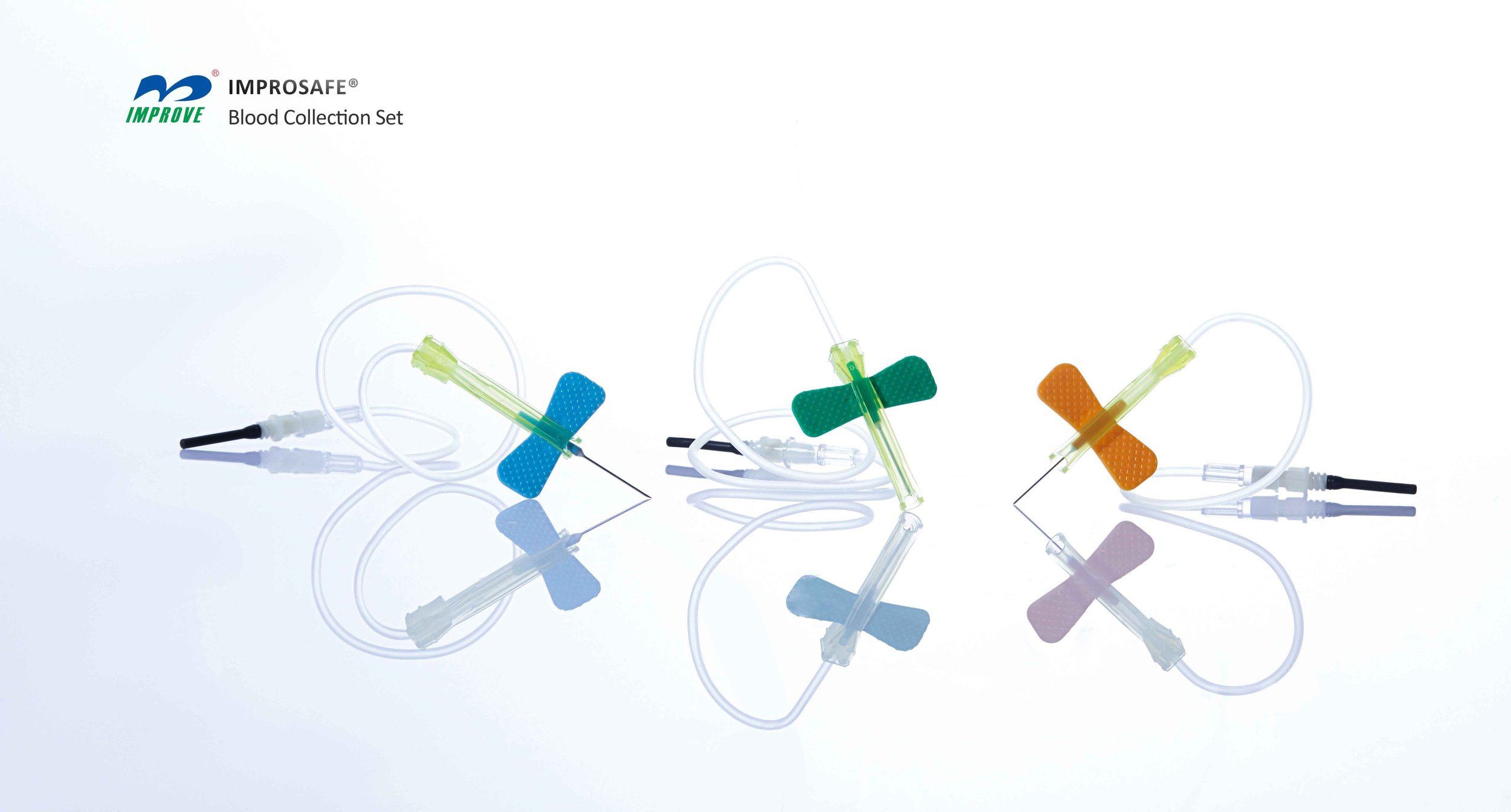The Importance of Phlebotomy Certification in the United States
Summary
- Phlebotomy certification is a crucial step for individuals looking to pursue a career in the medical laboratory field in the United States.
- The process for obtaining phlebotomy certification involves completing an accredited training program, passing a certification exam, and meeting any additional requirements set by the certifying agency.
- Once certified, phlebotomists have the necessary skills and knowledge to perform Venipuncture and other tasks safely and effectively in a medical setting.
Introduction
Phlebotomy is a critical aspect of healthcare that involves drawing blood for diagnostic testing, transfusions, donations, or research. Phlebotomists play a vital role in patient care by ensuring that blood samples are collected safely, accurately, and efficiently. In the United States, phlebotomists are typically required to obtain certification to demonstrate their competence and proficiency in this specialized field.
Why is Phlebotomy Certification Important?
Obtaining phlebotomy certification is essential for several reasons:
- Ensures Quality Patient Care: Certified phlebotomists have received standardized training and have demonstrated their ability to perform Venipuncture and handle blood samples properly.
- Professional Credibility: Certification enhances a phlebotomist's credibility and can lead to better job opportunities, higher salaries, and career advancement.
- Promotes Safety: Certified phlebotomists are trained to follow proper infection control protocols, reducing the risk of complications for patients and Healthcare Providers.
Steps to Obtain Phlebotomy Certification
1. Complete an Accredited Training Program
The first step in obtaining phlebotomy certification is to complete a training program approved by accrediting bodies such as the National Accrediting Agency for Clinical Laboratory Sciences (NAACLS) or the Accrediting Bureau of Health Education Schools (ABHES). These programs typically include classroom instruction and hands-on clinical experience.
2. Meet Eligibility Requirements
Before sitting for the certification exam, candidates must meet the eligibility requirements set by the certifying agency. These requirements may include a high school diploma or equivalent, completion of an accredited training program, and a specified number of hours of practical experience.
3. Pass the Certification Exam
Once eligibility requirements are met, candidates must pass a certification exam administered by organizations such as the American Society for Clinical Pathology (ASCP), the National Center for Competency Testing (NCCT), or the National Healthcareer Association (NHA). The exam typically covers topics such as Venipuncture techniques, patient care, and laboratory safety.
4. Maintain Certification
After passing the certification exam, phlebotomists must maintain their certification by completing Continuing Education credits and meeting any renewal requirements set by the certifying agency. This ensures that phlebotomists stay up-to-date on the latest trends and best practices in the field.
Benefits of Phlebotomy Certification
Phlebotomy certification offers a range of benefits to individuals pursuing a career in the medical laboratory field:
- Job Opportunities: Certified phlebotomists are in high demand by hospitals, clinics, laboratories, and other healthcare facilities.
- Higher Salaries: Certification can lead to higher salaries and better job benefits compared to non-certified phlebotomists.
- Professional Growth: Certified phlebotomists have the opportunity for career advancement, specialization, and leadership roles within the field.
Conclusion
Phlebotomy certification is a valuable credential that demonstrates a phlebotomist's professionalism, competence, and commitment to patient care. By completing an accredited training program, passing a certification exam, and maintaining their certification, phlebotomists can enhance their career prospects and contribute to the quality and safety of healthcare services in the United States.

Disclaimer: The content provided on this blog is for informational purposes only, reflecting the personal opinions and insights of the author(s) on the topics. The information provided should not be used for diagnosing or treating a health problem or disease, and those seeking personal medical advice should consult with a licensed physician. Always seek the advice of your doctor or other qualified health provider regarding a medical condition. Never disregard professional medical advice or delay in seeking it because of something you have read on this website. If you think you may have a medical emergency, call 911 or go to the nearest emergency room immediately. No physician-patient relationship is created by this web site or its use. No contributors to this web site make any representations, express or implied, with respect to the information provided herein or to its use. While we strive to share accurate and up-to-date information, we cannot guarantee the completeness, reliability, or accuracy of the content. The blog may also include links to external websites and resources for the convenience of our readers. Please note that linking to other sites does not imply endorsement of their content, practices, or services by us. Readers should use their discretion and judgment while exploring any external links and resources mentioned on this blog.
